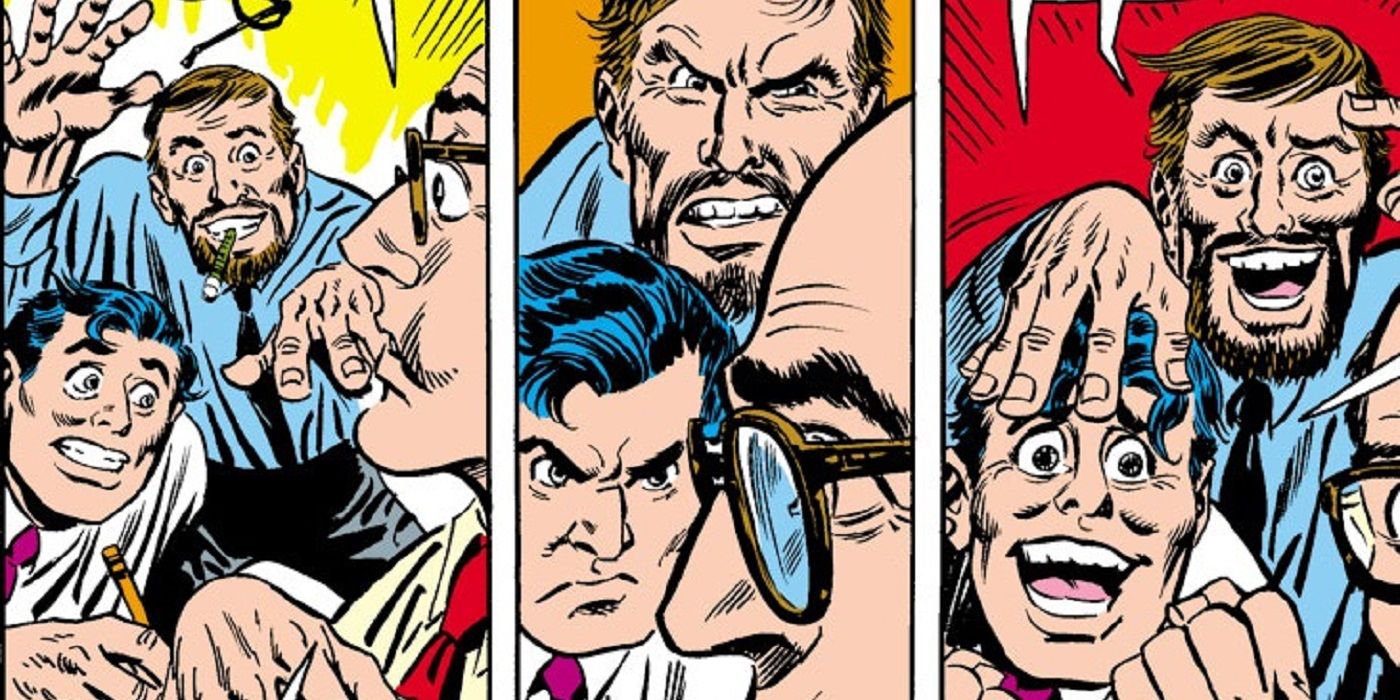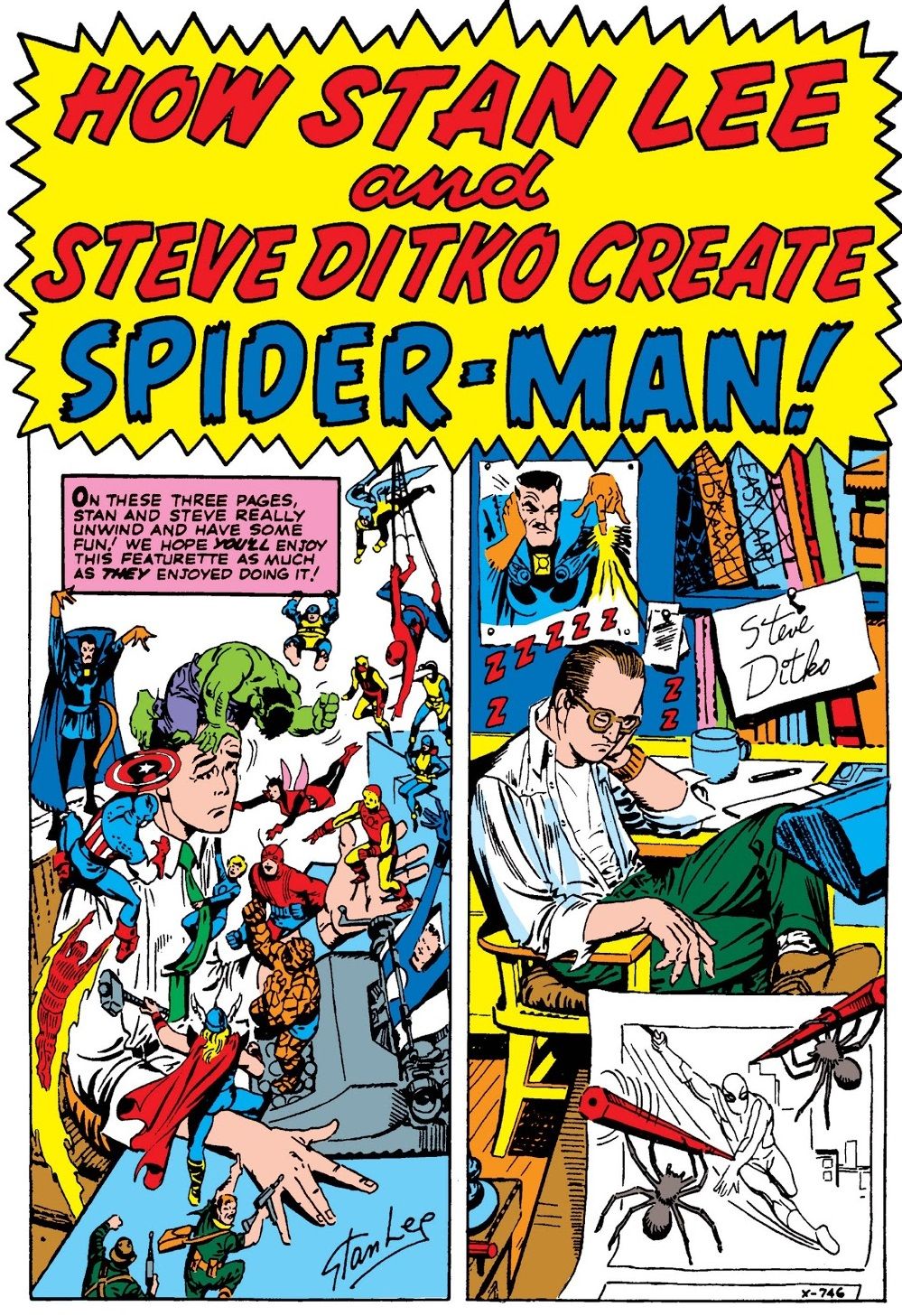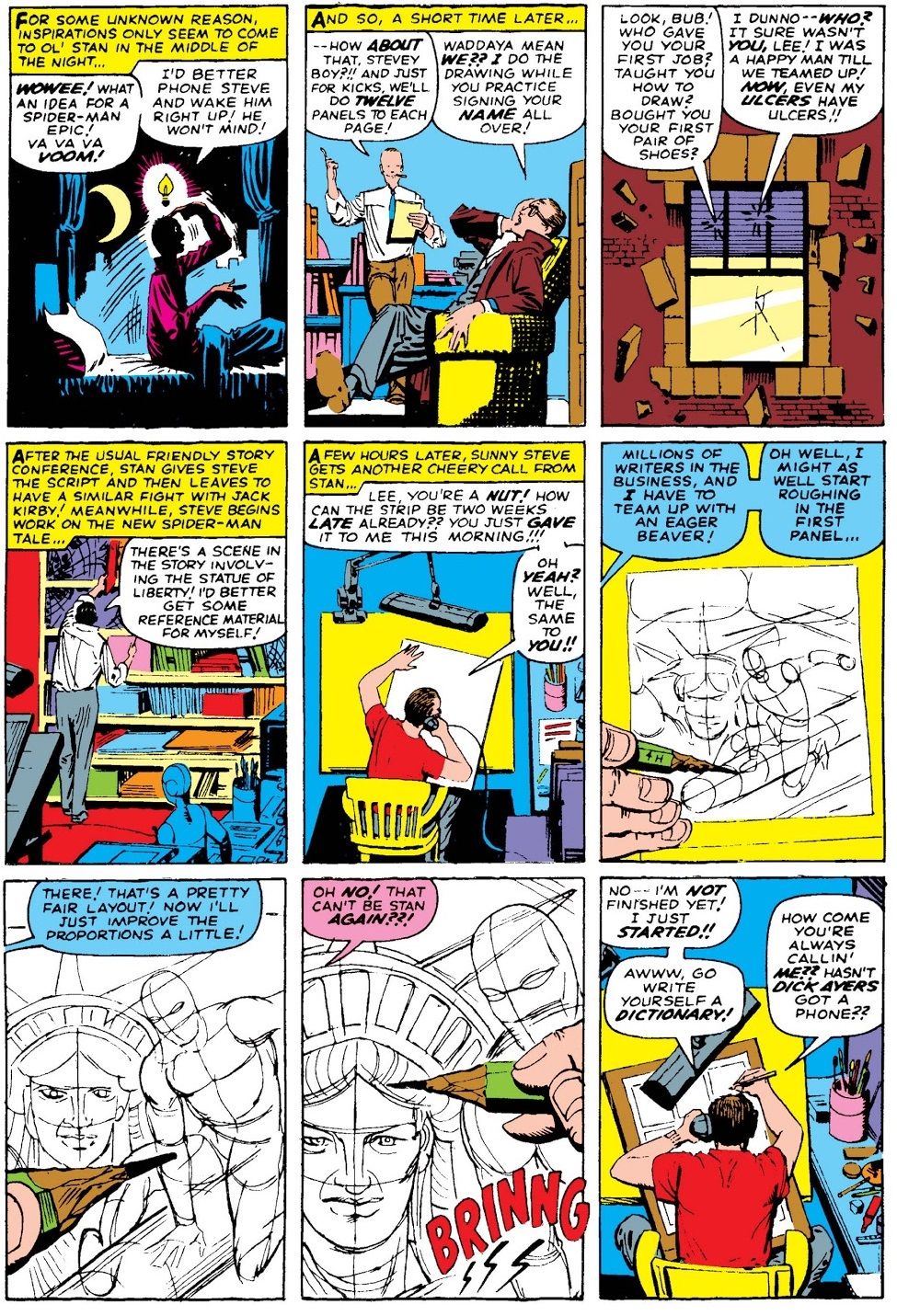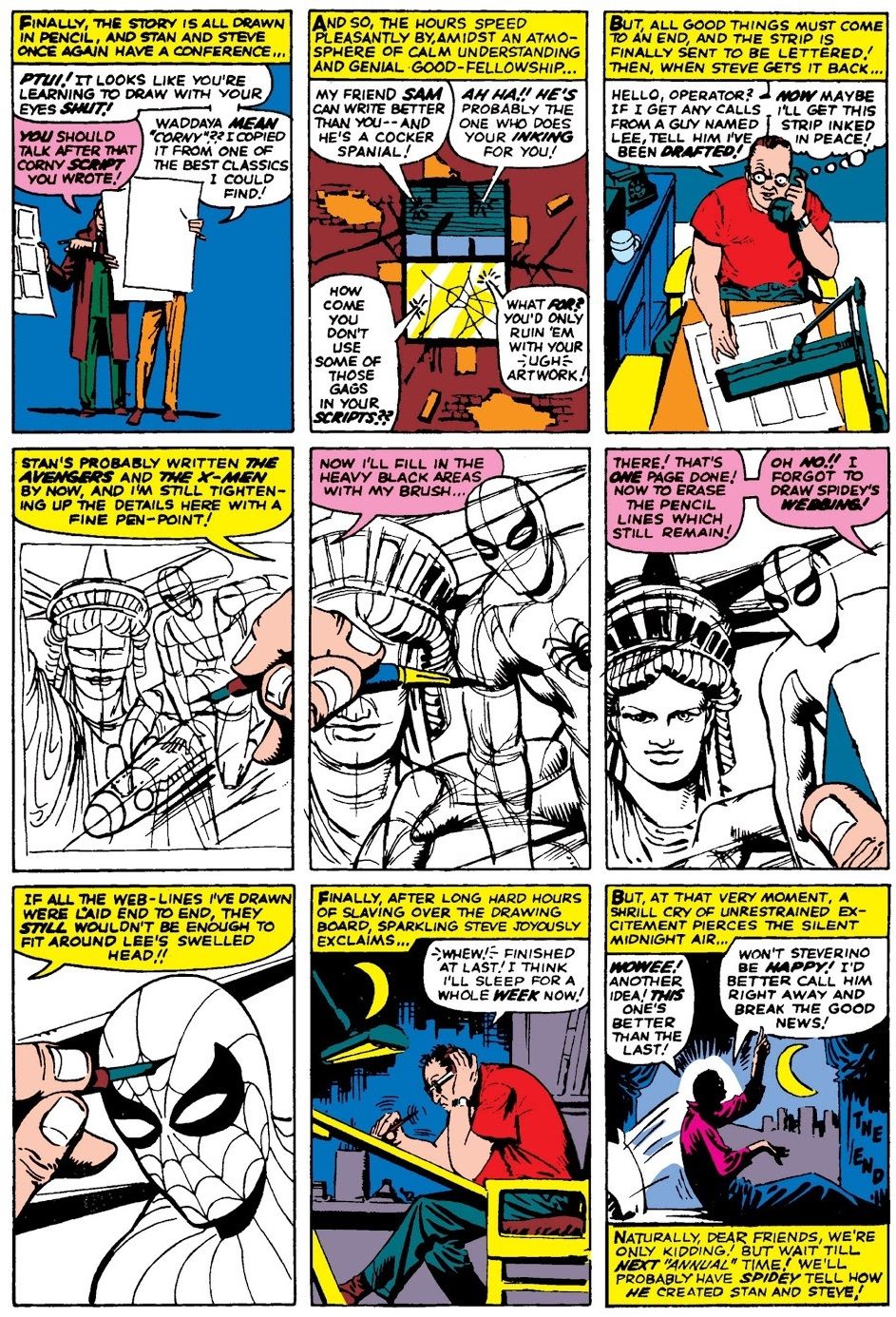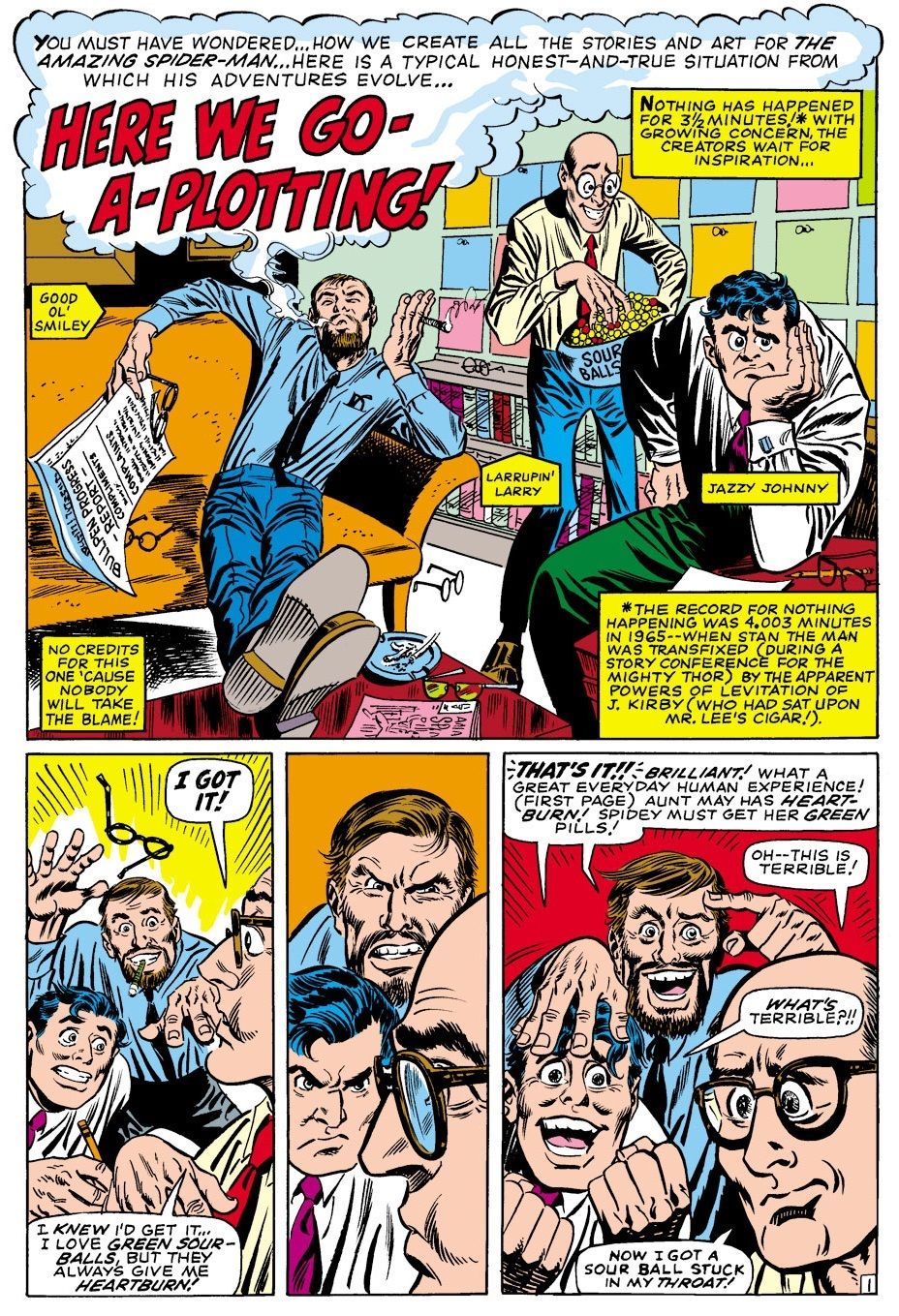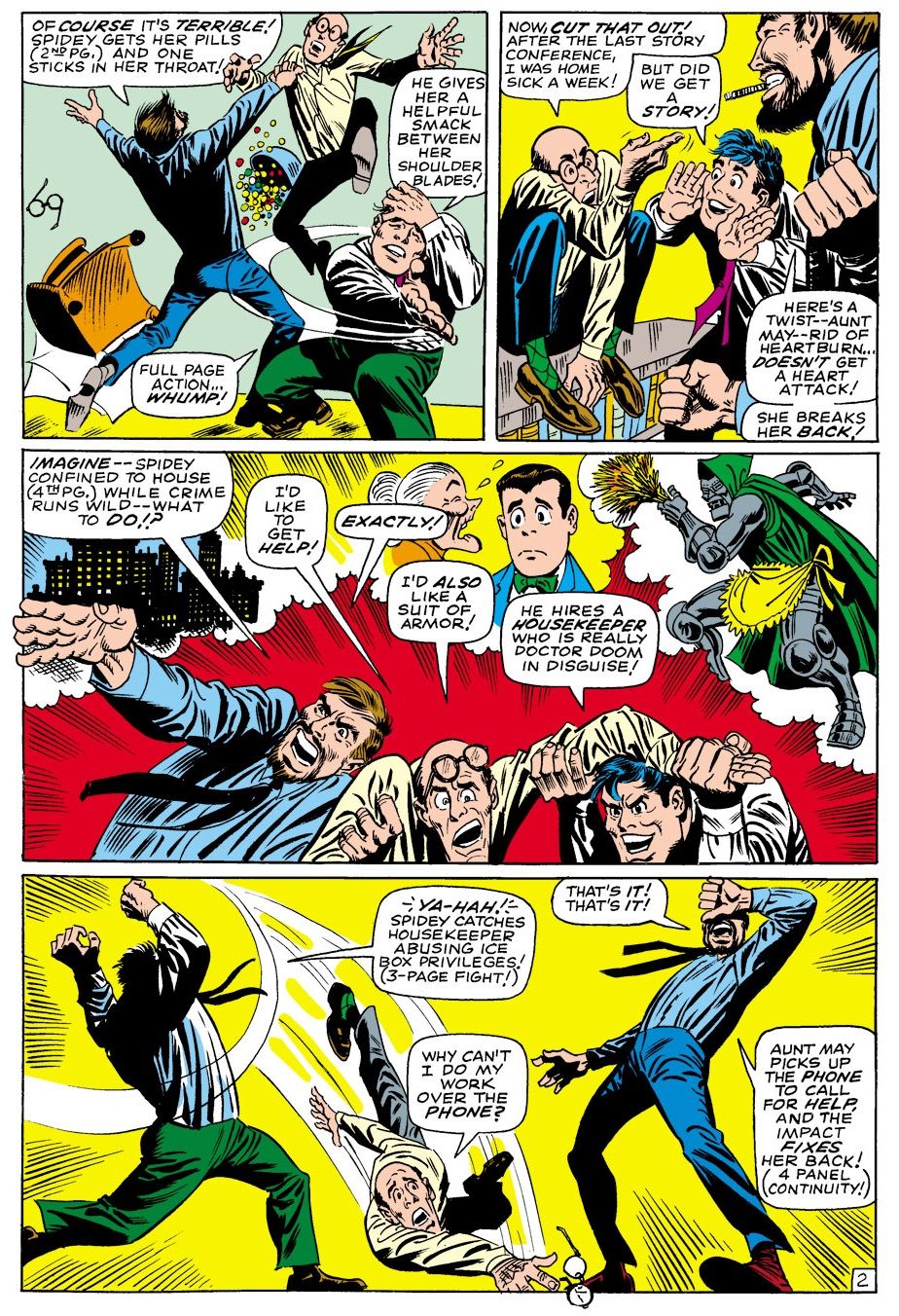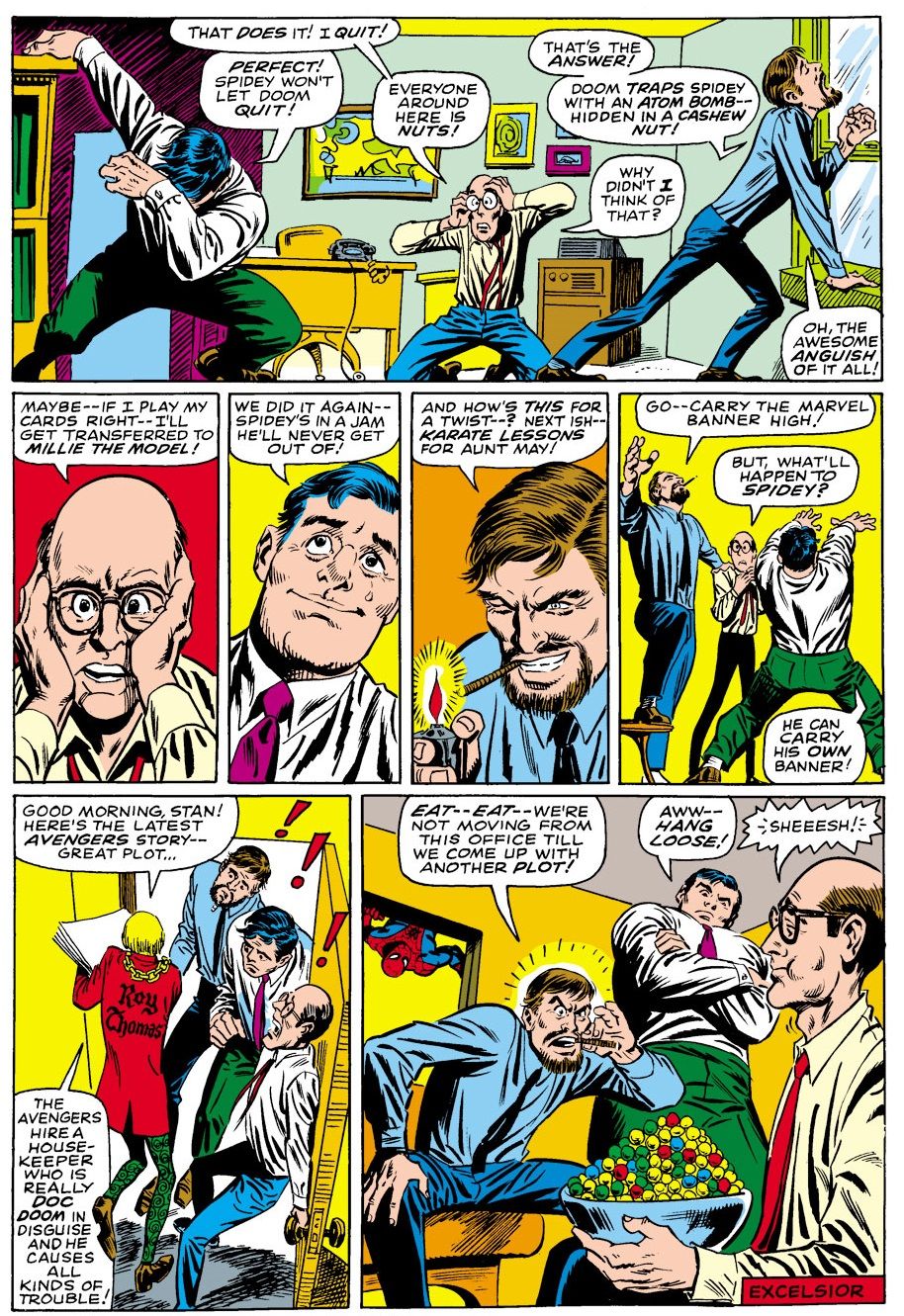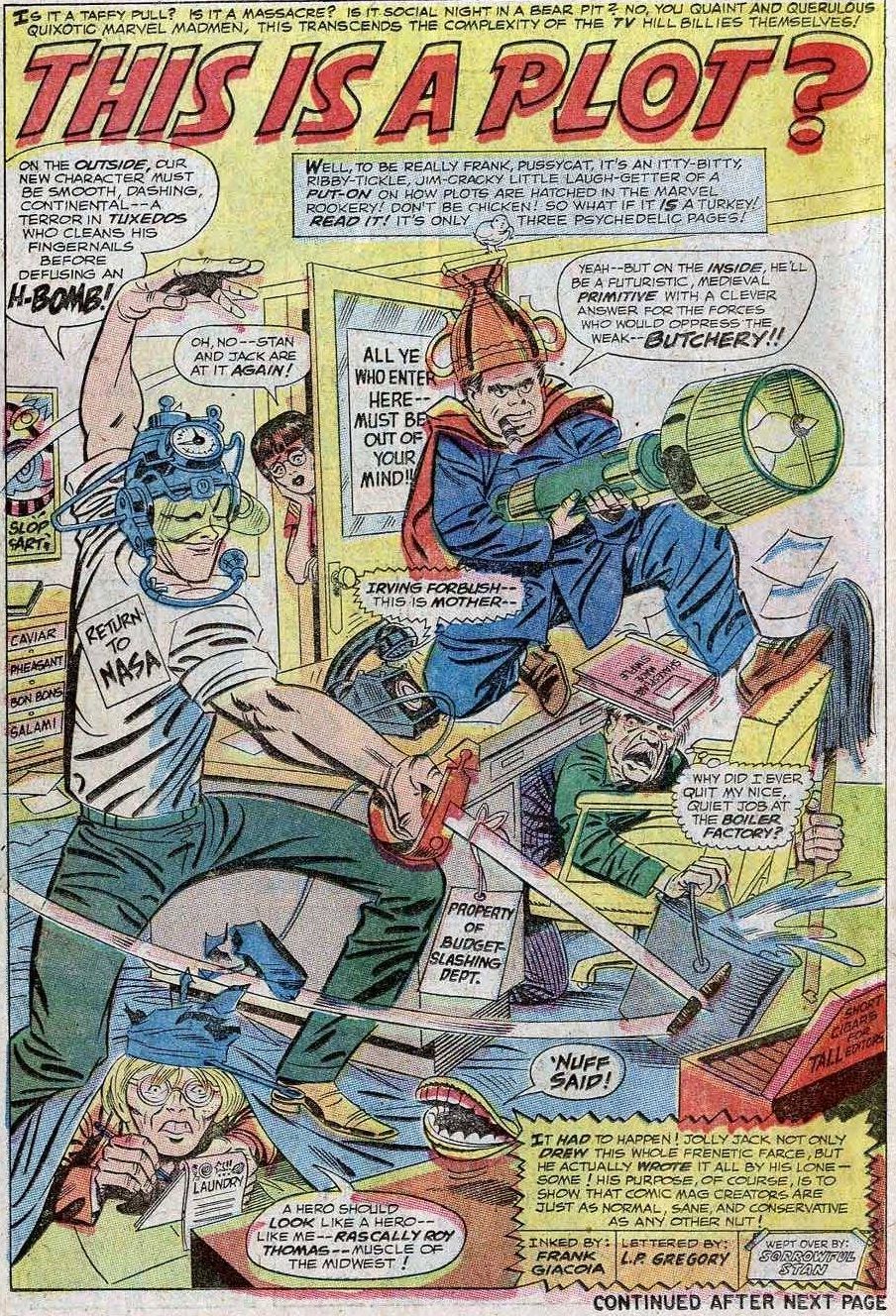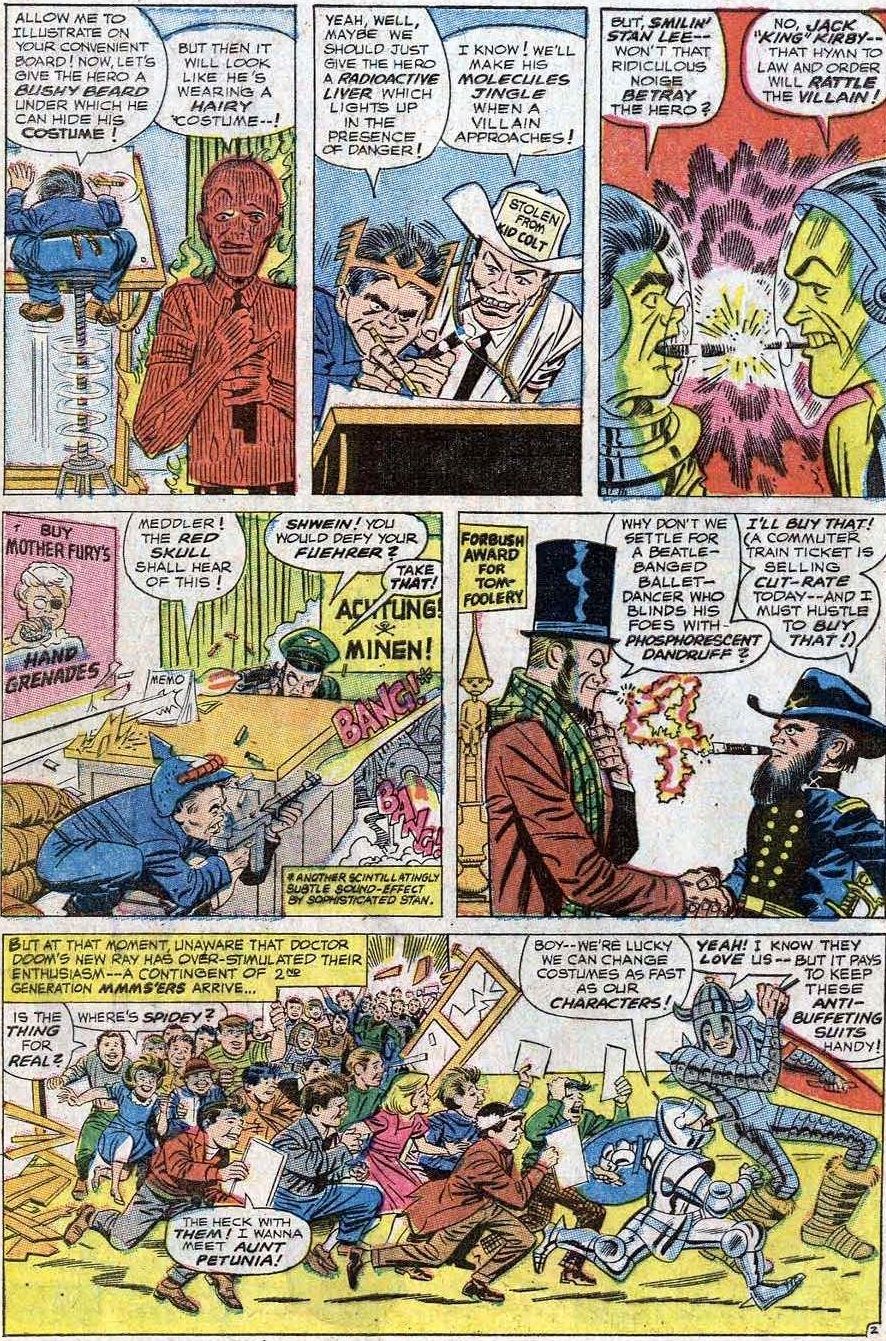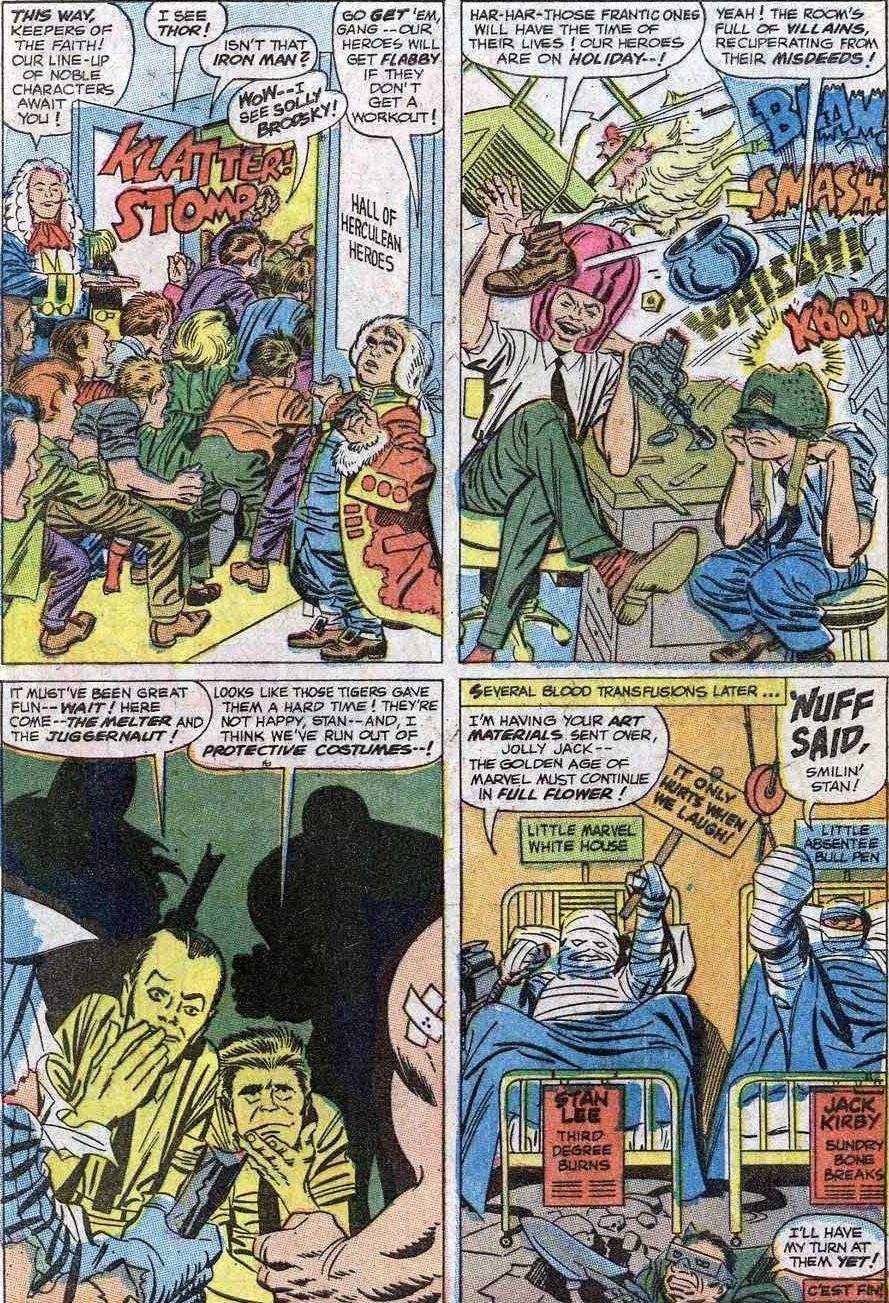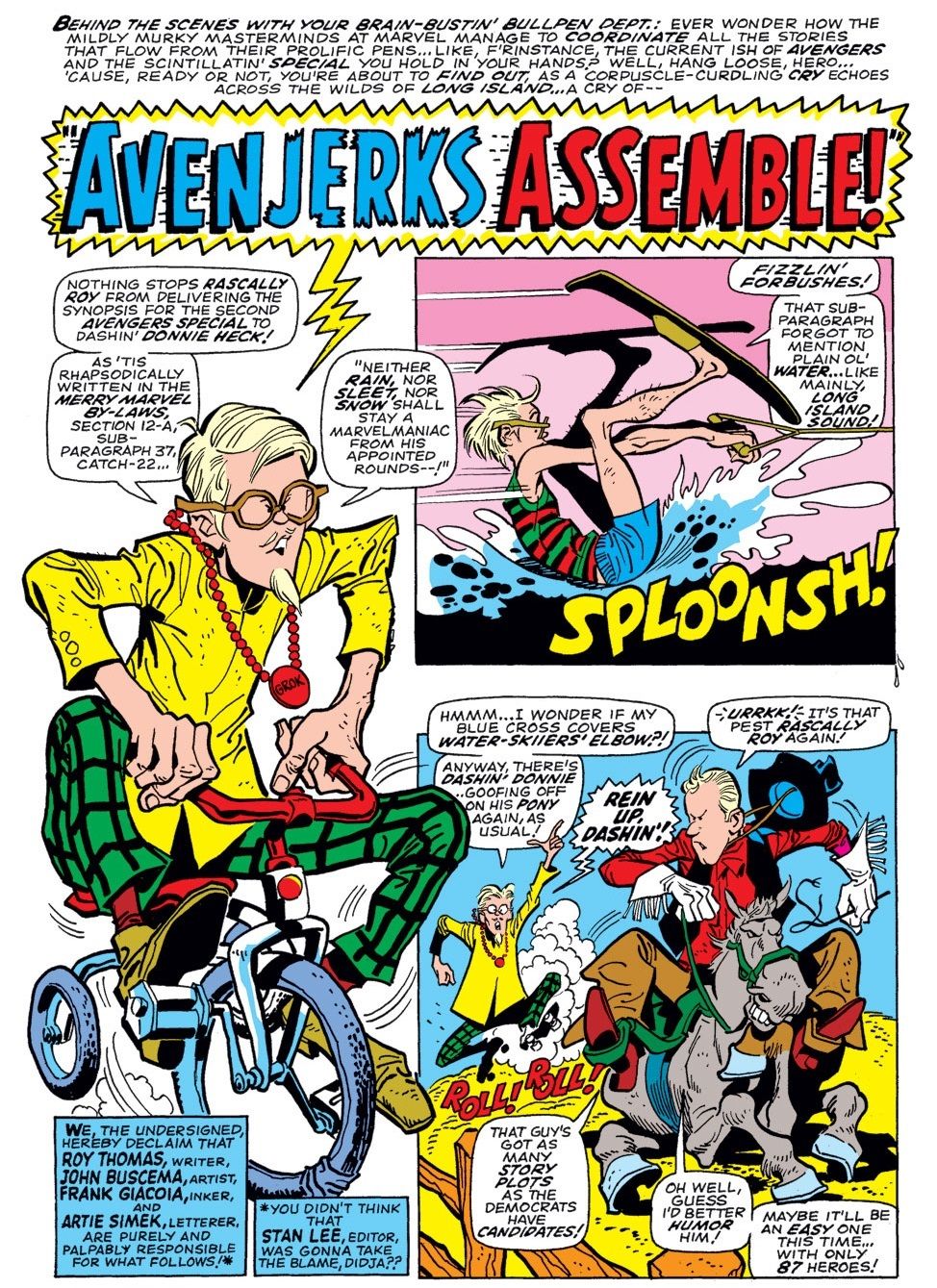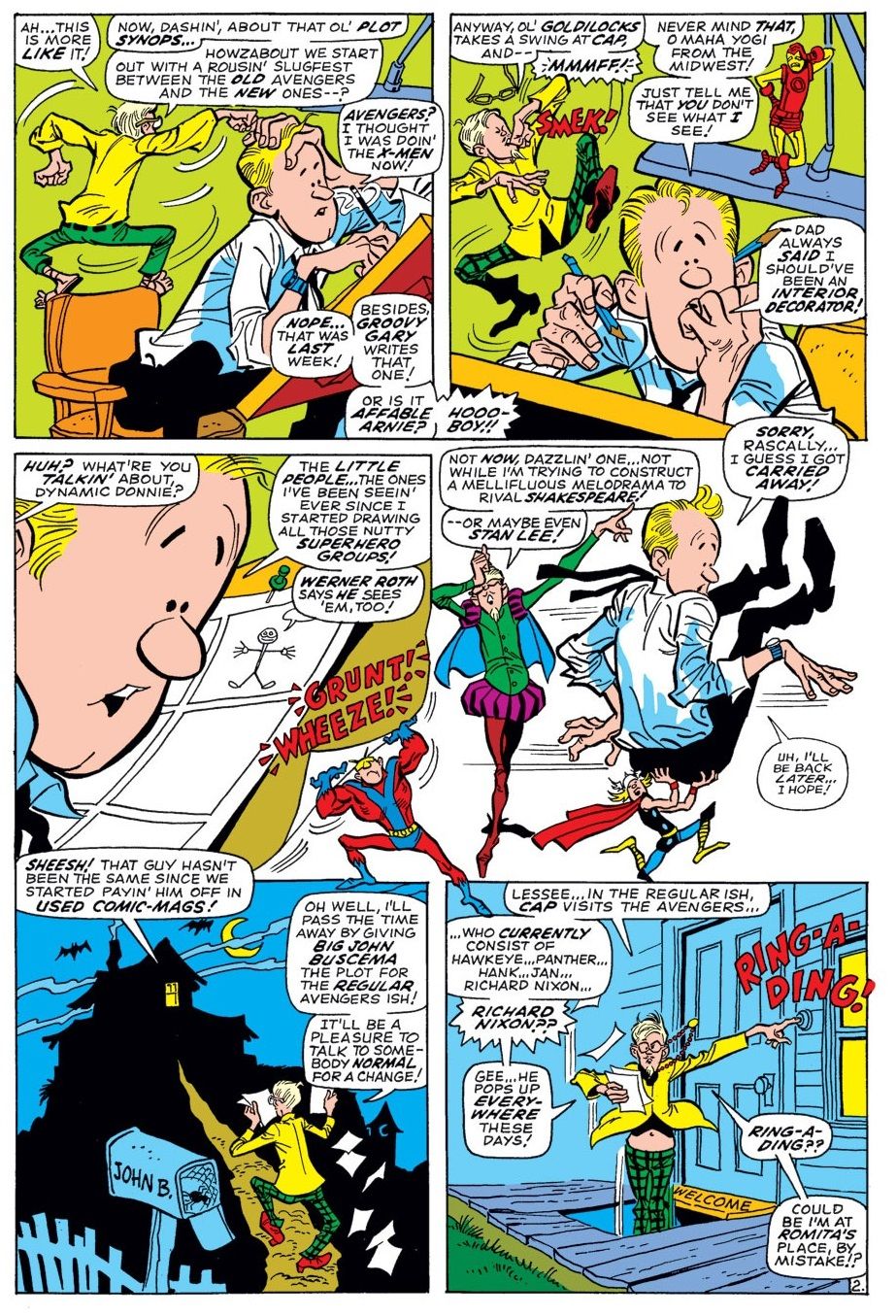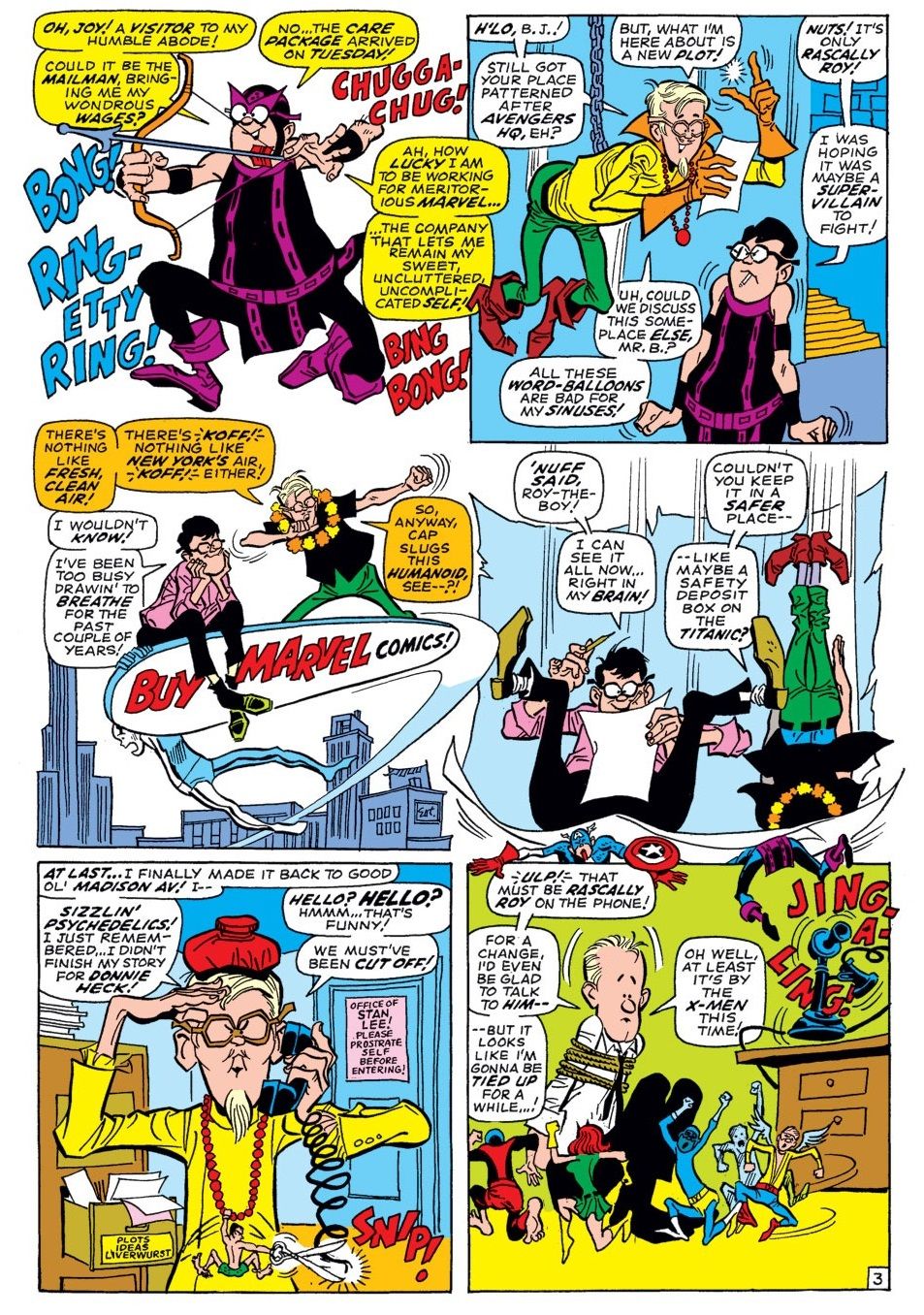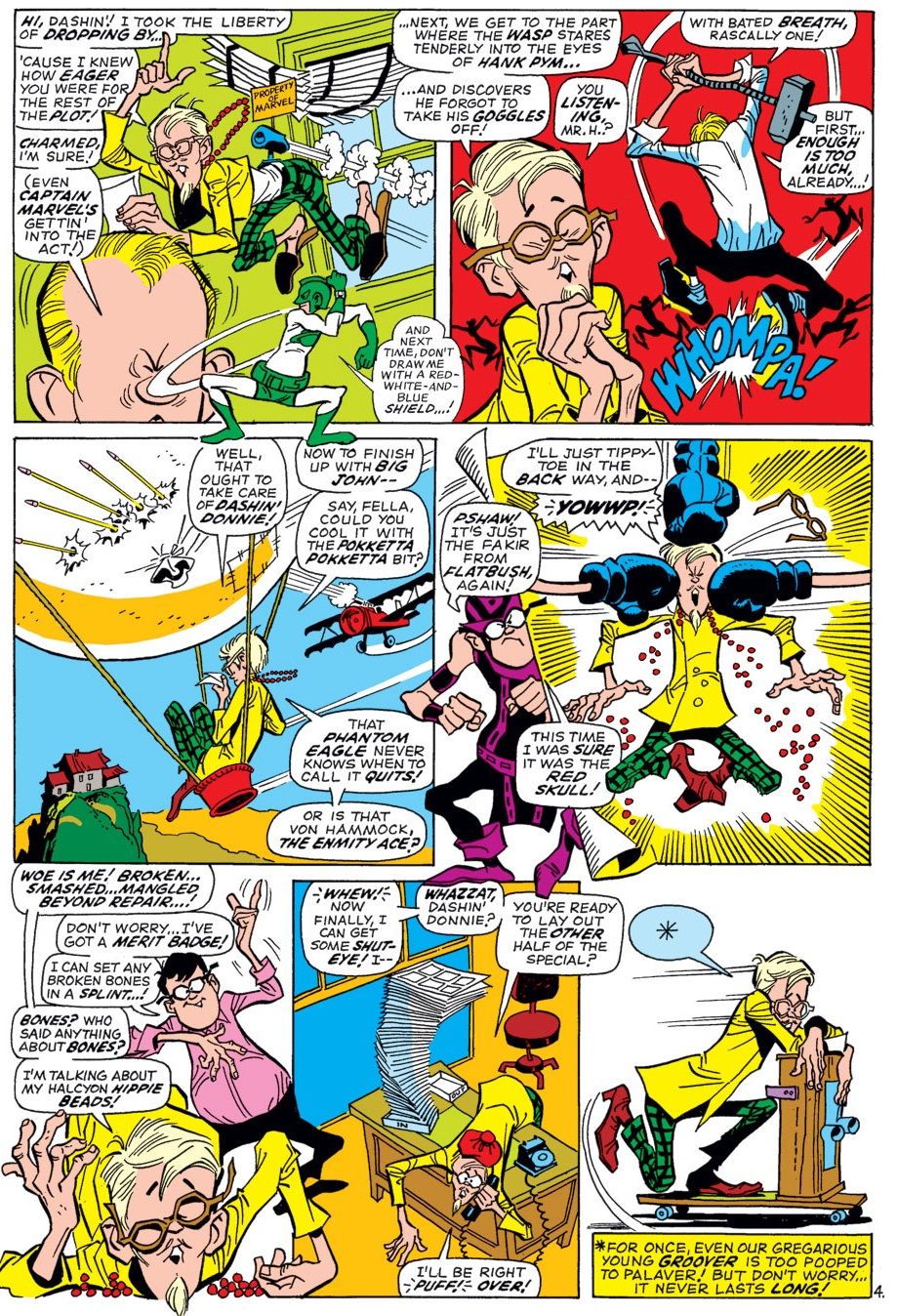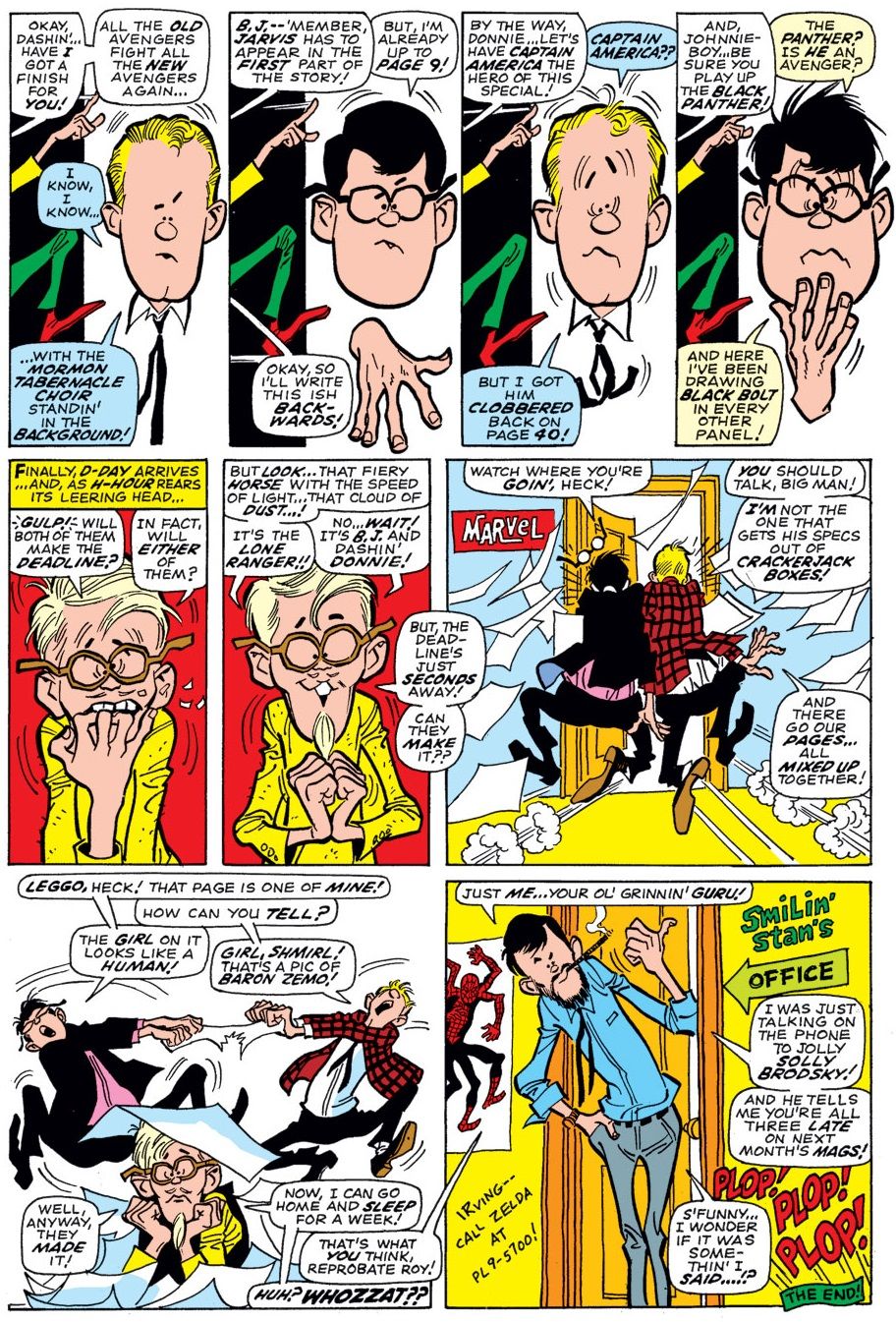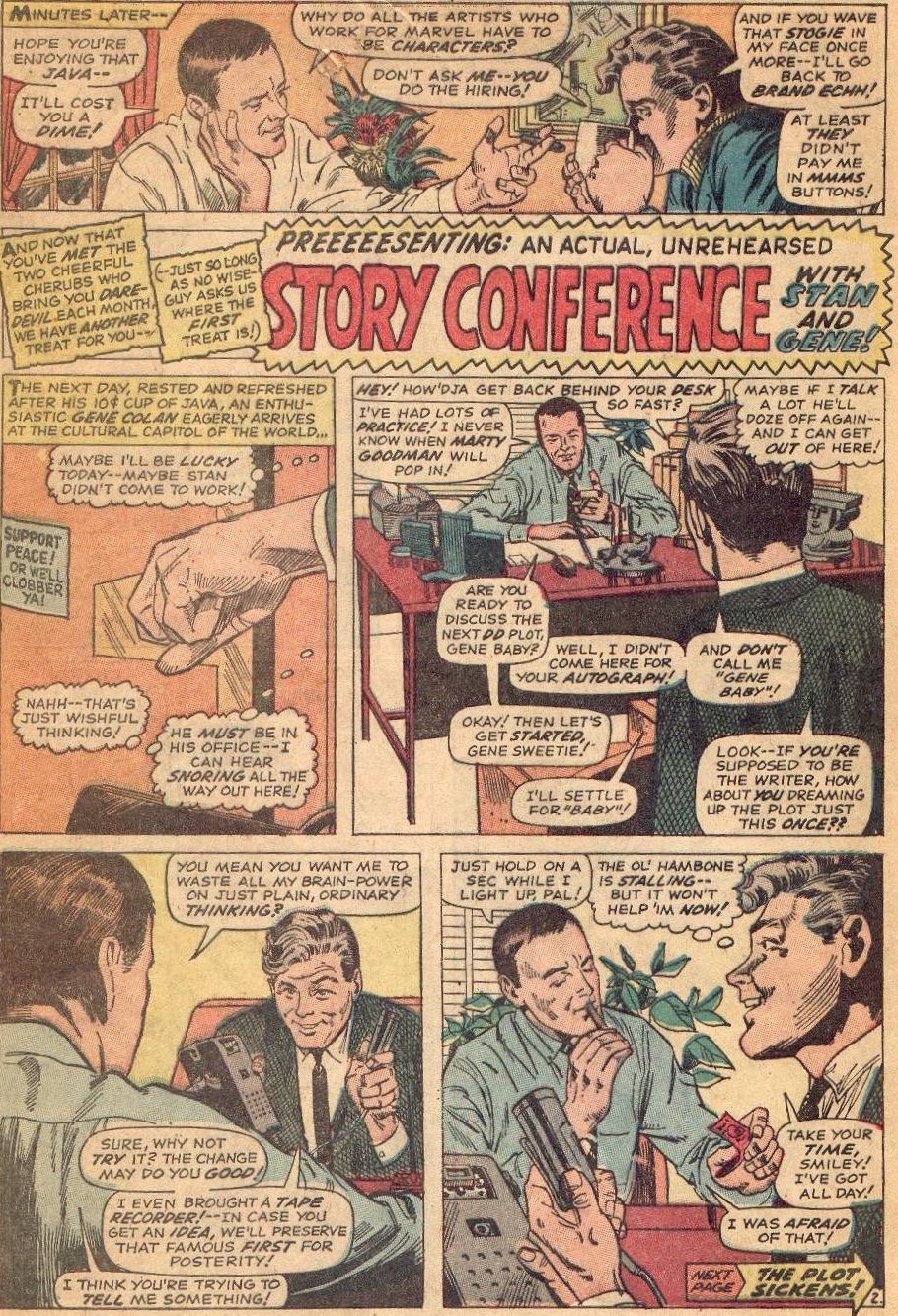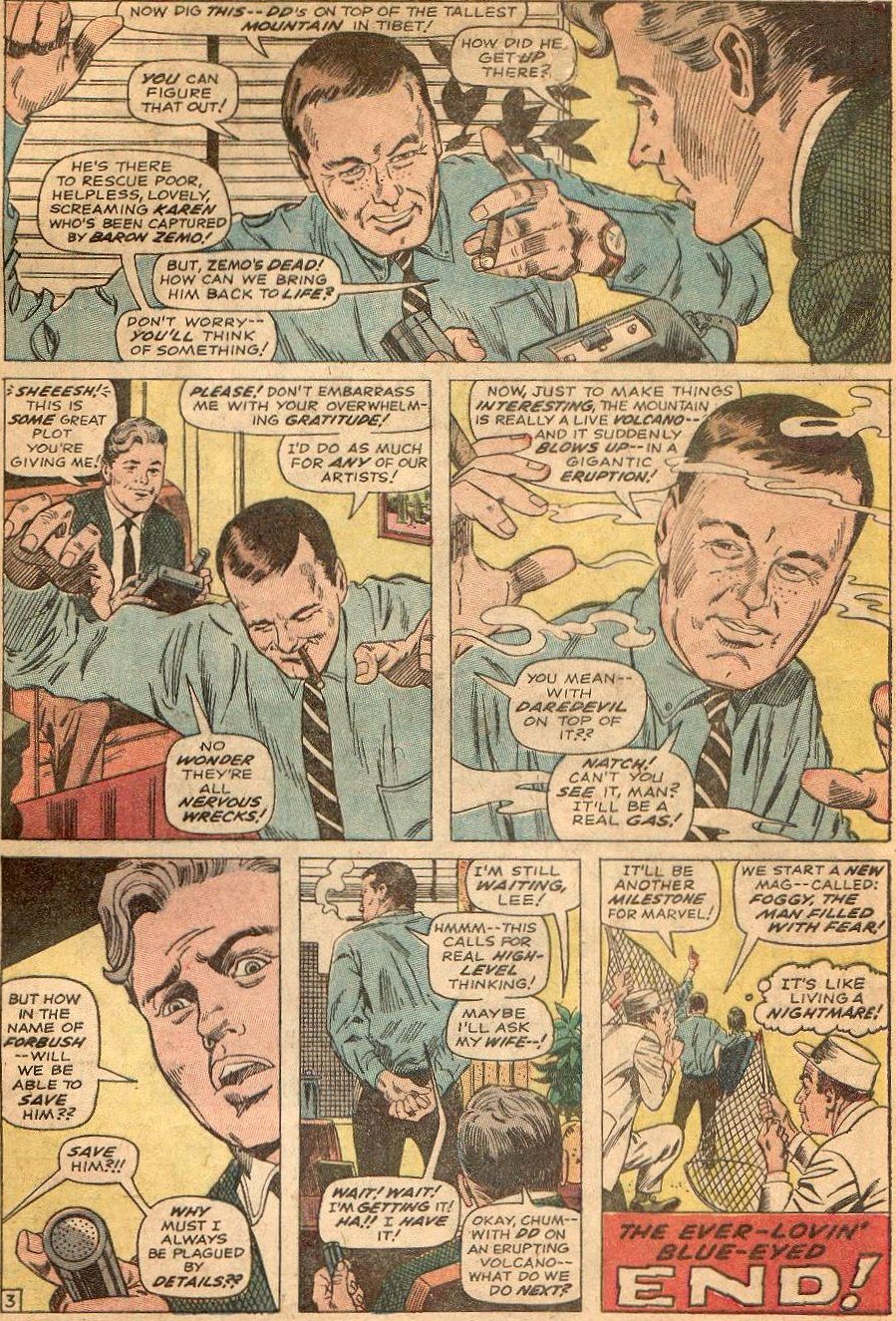This is "Turns Back the Page," which is a look at interesting back-up stories from comic books. If you have suggestions for back-ups that you'd like to see me write about, drop me a line at brianc@cbr.com!
Something that I always got a kick out of regarding the so-called "Marvel Method" of writing comic books (which I just wrote about in the context of the influence Steve Ditko had on the origination of the approach) is that some of the people that were most interested in it were Marvel creators themselves. Stan Lee always liked to talk up this novel approach to comic book writing.
However, the biggest time that the topic was addressed was in back-ups in Marvel Annuals in the 1960s. After first showing up in an the first Amazing Spider-Man Annual, the 1967 and 1968 annuals had a series of back-up stories in four different annuals that depicted the "Marvel Method" in action. Let us take a look!
As a refresher, let's recap what we mean when we refer to the "Marvel Method." There are two notable ways to write a comic book. Likely the most common one (and, ironically enough, is the way that most Marvel Comics are written nowadays) is that the writer writes a script that explains what is going on on each page, along with the dialogue. The artist then draws the pages based on the script.
The Marvel Method, on the other hand, leaves the layout of the pages to the discretion of the artists, who are working from a more general plot. The plot is typically derived via a story conference between the scripter and the artist. After the pages are drawn, the scripter then adds dialogue to the drawn pages.
The biggest drawback in this method is that if the artist didn't do a good enough of a job on the pages, the editor (in the case of Marvel, the editor was also the scripter of the issue) would have the artist redo pages until the story was "right." Joe Orlando once famously noted that he would often have to draw 25-30 pages to get the 20 pages for the story. Marvel, of course, would not pay for those unused pages.
Another issue is how much plot that the artist is given. Steve Ditko and Jack Kirby famously eventually started coming up with plots by themselves without input from Stan Lee.
That was not what other artists were willing to do, especially as they were not getting paid for this extra work. They tried to make Lee give them as much plot as possible.
Those are all things to keep in mind when reading these stories.
We start with the earliest one by far, which came back in Amazing Spider-Man Annual #1, back when Steve Ditko and Stan Led still talked the plots out together. You have to admire Lee's willingness to go for self-deprecating stuff in the story.
The next story comes a number of years later. Here, Marie Severin wrote and drew an amusing version of a Stan Lee/John Romita plotting session, along with Stan's brother, Larry.
What makes this story from Fantastic Four Annual #5 stand out so much is that Lee and Kirby were really not doing story conferences by this point in time, so it is fascinating to see Kirby (who wrote the issue) sell the conceit.
Page 2: [valnet-url-page page=2 paginated=0 text='Roy%20Thomas%20Gets%20In%20On%20The%20Action!']
While Stan Lee had gotten less detailed in his plots over the years, Roy Thomas was much more detailed and this was reflected in his backup in Avengers Annual #2...
Finally, this Daredevil Annual #1 backup is one of my faves, as it is hilarious watching Lee and Gene Colan put a fun spin on what was likely an actual argument they had back then...
If anyone else has a suggestion for an interesting comic book back-up story that they'd like to see featured here, drop me a line at brianc@cbr.com!

